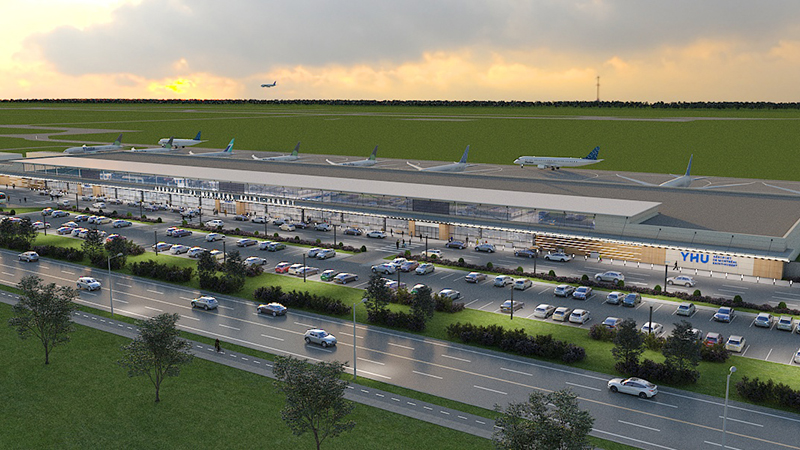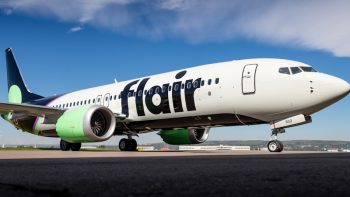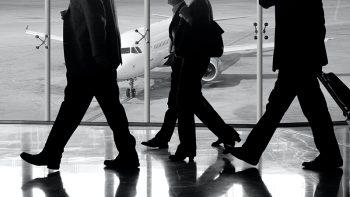
A major transformation is underway at Montreal Saint-Hubert Airport (YHU) with the initiation of construction for a new passenger terminal. Porter Aviation Holdings, in collaboration with Macquarie Asset Management, are at the helm of this ambitious venture aiming to boost the Greater Montréal Area's aviation capacity and strengthen Québec's regional air services.
As Open Jaw reported on 28JUL, the terminal will be managed locally and is expected mid-2025. However, competition with YUL is putting political pressure on the success of the venture.
Michael Deluce, President and CEO of Porter Aviation Holdings, envisions a terminal that promises passengers "will genuinely enjoy their experience." Spanning 225,000 sq.ft., the terminal will incorporate nine bridged aircraft gates and comfortable lounges, a hallmark of Porter’s success at YTZ.
Influenced by its Billy Bishop strategy, Porter Airlines aspires to be a cornerstone tenant, operating its routes using the De Havilland Dash 8-400 and Embraer E195-E2 aircraft.
While Montreal–Pierre Elliott Trudeau Airport (YUL) stands as the primary hub for major airlines, YHU, currently home to Chrono Aviation and Nolinor Aviation, serves inter-Quebec travellers. This expansion, symbolizing an investment exceeding $200 million, comes after a formal announcement of Porter's partnership with YHU in February.
Significant collaboration between regional stakeholders has been pivotal to the project's momentum. A Development Committee comprising regionally elected officials and ecosystem stakeholders has been established to guide the project's evolution, with the recent creation of specialized working groups.
Aviation analyst, Robert Kokonis, President & Managing Director of AirTrav Inc. told Open Jaw, “Porter’s success and growth at Billy Bishop Toronto City Airport following its launch in 2006 was built as much on its curated terminal experience and proximity to downtown Toronto, as it was the carrier’s inflight service. By exploiting growth in the Montreal region and by leveraging an under-utilized airport asset, Porter will try to replicate much of that Billy Bishop passenger experience from Montreal St. Hubert, with the added bonus of having both its Q400 and new E195-E2 fleets available for its passengers.”
Yet, challenges arise. YUL remains protective of its dominant position with major carriers. Philippe Rainville, ADM's former CEO, told Open Jaw Quebec last year that the airport does not intend to give up its place in St-Hubert with the major air carriers. Substantial investments in YUL renovations mean governmental support for YHU remains uncertain.
Several critical steps remain before YHU can claim international airport status, necessitating on-site fire services and a customs post which requires governmental support.
The Longueuil region, where the airport is located, has already experienced a growth spurt with new large business centres for Molson and Amazon and an upcoming commuter train service, promising heightened activity.
While YHU offers an enticing alternative for travellers eager to sidestep YUL's congestion, political perspectives often overshadow traveller preferences. And it remains to be said that the passenger potential will have to be demonstrated.





